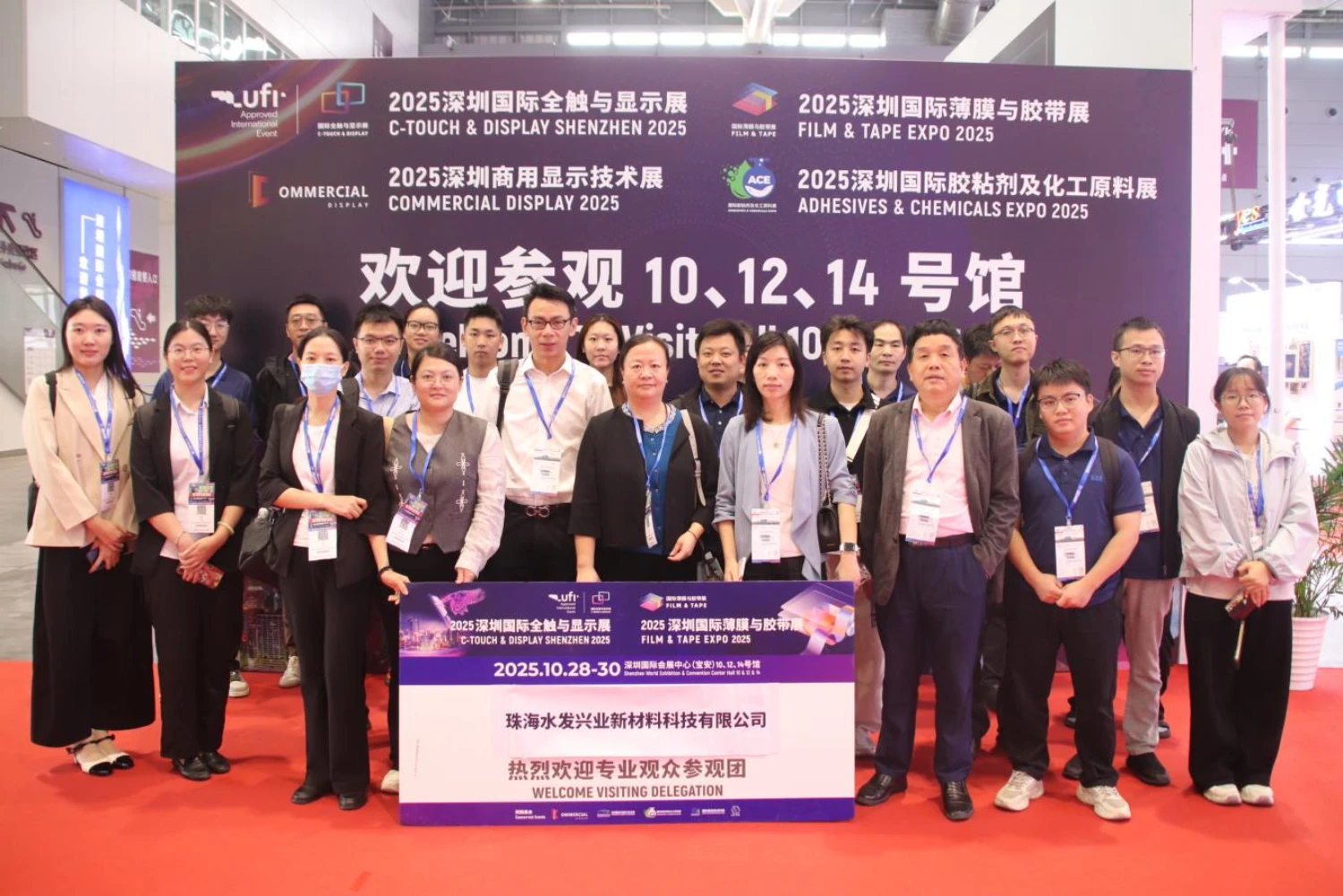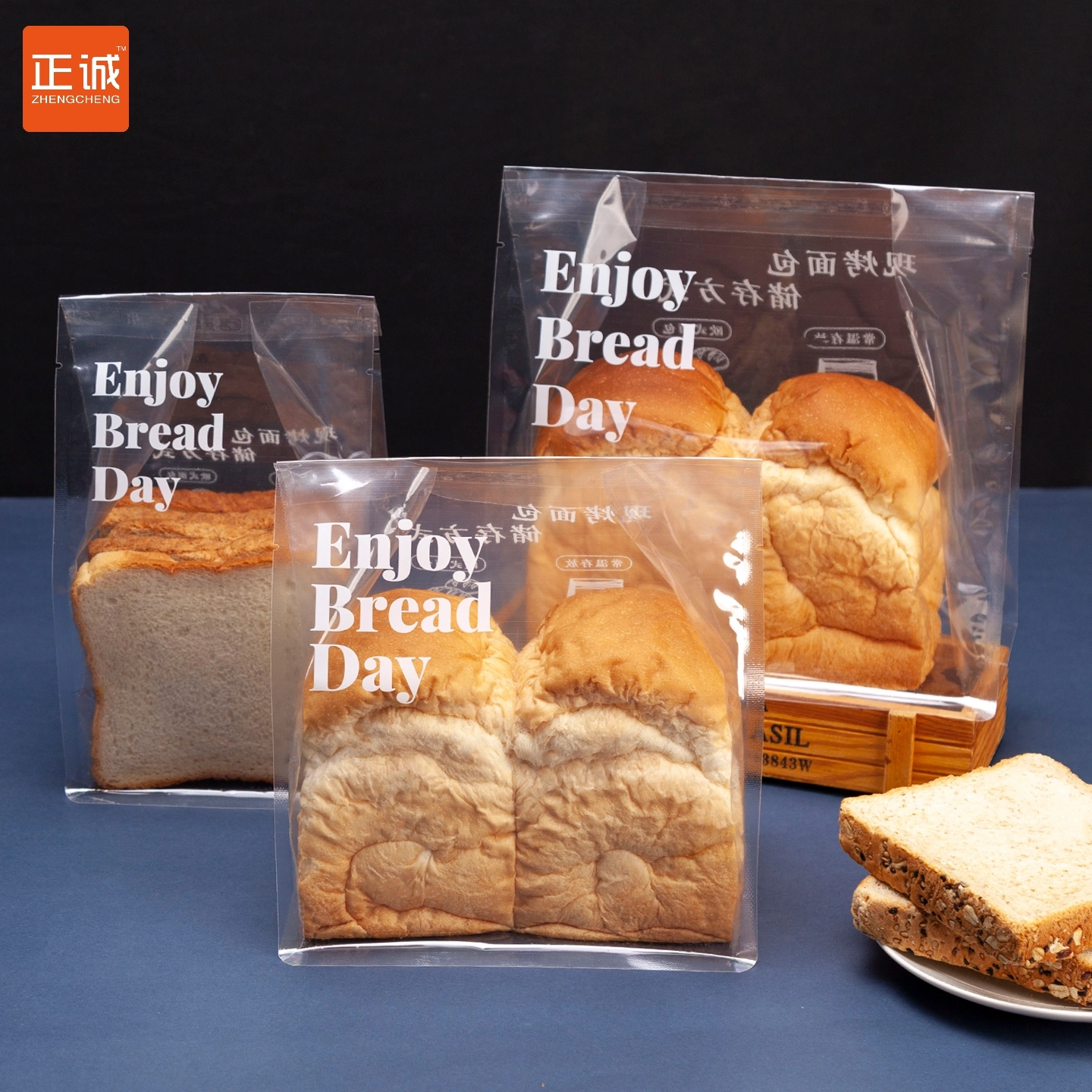The Hidden Costs of Convenience: Unpacking the Disadvantages of Paper Containers
In recent years, the shift towards sustainable packaging solutions has gained significant momentum, with paper containers often touted as an eco-friendly alternative to plastic. While they indeed offer certain environmental benefits, it is crucial to examine the disadvantages of paper containers to gain a comprehensive understanding of their impact on both the environment and the economy. This article delves into the multifaceted drawbacks associated with paper containers, exploring their limitations in terms of functionality, environmental implications, and economic viability.
- Functional Limitations
One of the primary disadvantages of paper containers is their functional limitations compared to their plastic counterparts.
a. Moisture Resistance
Paper containers are inherently less resistant to moisture. When exposed to liquids, they can become soggy and lose structural integrity, leading to leaks and spills. This characteristic makes them less suitable for packaging wet or greasy foods, which can be a significant drawback for restaurants and food delivery services.
b. Durability and Strength
While some paper containers are designed to be sturdy, they generally do not match the durability of plastic containers. This lack of strength can result in breakage or deformation during transport, potentially compromising the quality of the product inside. For businesses that prioritize product integrity, this can lead to increased costs associated with damaged goods.
c. Limited Shelf Life
Paper containers often have a shorter shelf life than plastic ones. They can be susceptible to mold and degradation over time, especially in humid environments. This limitation can pose challenges for manufacturers and retailers who need to ensure that their products remain safe and appealing for extended periods.
- Environmental Concerns
While paper containers are often marketed as biodegradable and recyclable, their environmental impact is more complex than it appears.
a. Resource Intensive Production
The production of paper containers requires significant amounts of water and energy. The process of pulping wood to create paper can lead to deforestation, habitat destruction, and increased carbon emissions. Moreover, the chemicals used in the bleaching and processing of paper can pollute local water sources, posing risks to aquatic ecosystems.
b. Recycling Challenges
Although paper is recyclable, the recycling process is not without its challenges. Contamination from food residues can render paper containers unsuitable for recycling, leading to increased waste. Additionally, the recycling infrastructure for paper is not as robust as that for plastics in many regions, which can hinder effective recycling efforts.
c. Carbon Footprint
The transportation of paper containers can contribute to a larger carbon footprint compared to locally sourced plastic alternatives. Paper is heavier than plastic, which can lead to increased fuel consumption during shipping. This factor is often overlooked in discussions about the sustainability of packaging materials.
- Economic Viability
The economic implications of using paper containers also warrant consideration.
a. Higher Production Costs
The production costs associated with paper containers can be higher than those for plastic. This increase is often passed on to consumers, making paper packaging a less attractive option for budget-conscious businesses. In competitive markets, the higher price point can deter companies from adopting paper containers, limiting their widespread use.
b. Market Limitations
The market for paper containers is not as developed as that for plastic. This can lead to supply chain issues, including limited availability and higher prices for raw materials. Businesses may find it challenging to source paper containers consistently, which can disrupt operations and affect profitability.
c. Consumer Perception
While many consumers are increasingly concerned about sustainability, there is still a significant portion of the market that prioritizes convenience and cost. As a result, businesses may hesitate to switch to paper containers if they believe it will alienate price-sensitive customers.
Conclusion
While paper containers present a more sustainable image than plastic, it is essential to recognize their disadvantages. From functional limitations and environmental concerns to economic viability, the drawbacks of paper containers are multifaceted and complex. As consumers and businesses continue to navigate the landscape of sustainable packaging, a balanced approach that considers all aspects of packaging materials will be crucial. Understanding the hidden costs of convenience can lead to more informed decisions that genuinely benefit both the environment and the economy.

